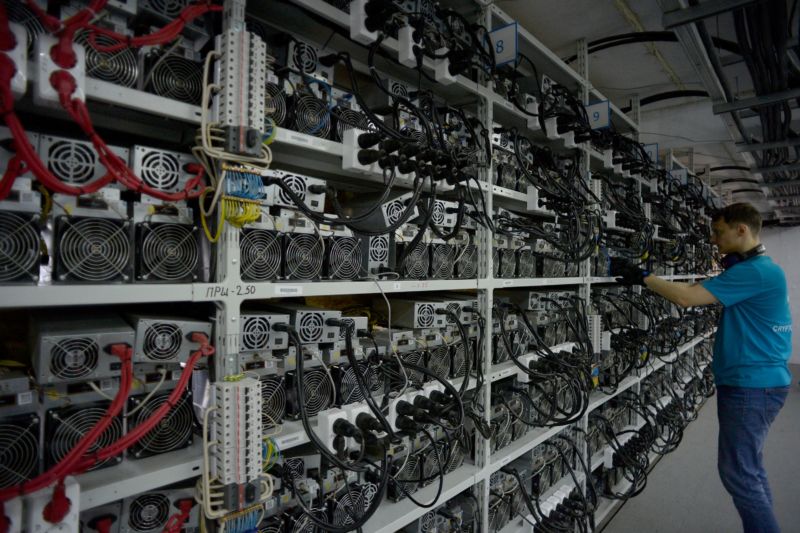
Have you ever wondered where the blocks that form the Bitcoin blockchain (chain of blocks) come from? The blocks are formed through the process of Bitcoin mining.
The blockchain is a public ledger and the mining process involves the creation of valid blocks containing records of Bitcoin transactions. Mining aims to address the issues of double-spend and is a crucial part of the Bitcoin network.
Here, we’ll take a look at the process of mining and some important things to know about the process.
Bitcoin mining is the process of adding new transactions to the blockchain network by solving complex mathematical problems using specialized computer hardware and software. The mining process aims to solve the issue of double-spend which entails finding consensus on a history of transactions. This ensures no single coin is spent twice.
To under how mining works, the steps outlined below explain the process.
There are some important things to know about the mining process. This includes the energy consumed, hardware required, and regulatory effect.
Bitcoin mining requires a significant amount of energy, as the process involves solving complex mathematical problems that require a lot of computational power. This has led to concerns about the environmental impact of Bitcoin mining, as it consumes a lot of electricity, mainly from non-renewable sources
Bitcoin mining requires specialized hardware, such as application-specific integrated circuits (ASICs) or graphics processing units (GPUs). These hardware devices are designed specifically for mining and are much more powerful and efficient than standard computer hardware.
Mining is currently legal in most countries, but there are some countries where it is banned or heavily regulated. It is important to check the legal status of Bitcoin mining in your country before investing in mining hardware. Additionally, some governments have raised concerns about the energy consumption of Bitcoin mining and are considering regulations to limit or prohibit mining activities.
Overall, Bitcoin mining is a competitive process, with miners using specialized hardware and software to solve complex mathematical problems and create new blocks for the blockchain network. The process is designed to be decentralized, with no central authority controlling the network, and the reward system is set up to incentivize miners to continue adding new blocks to the chain.